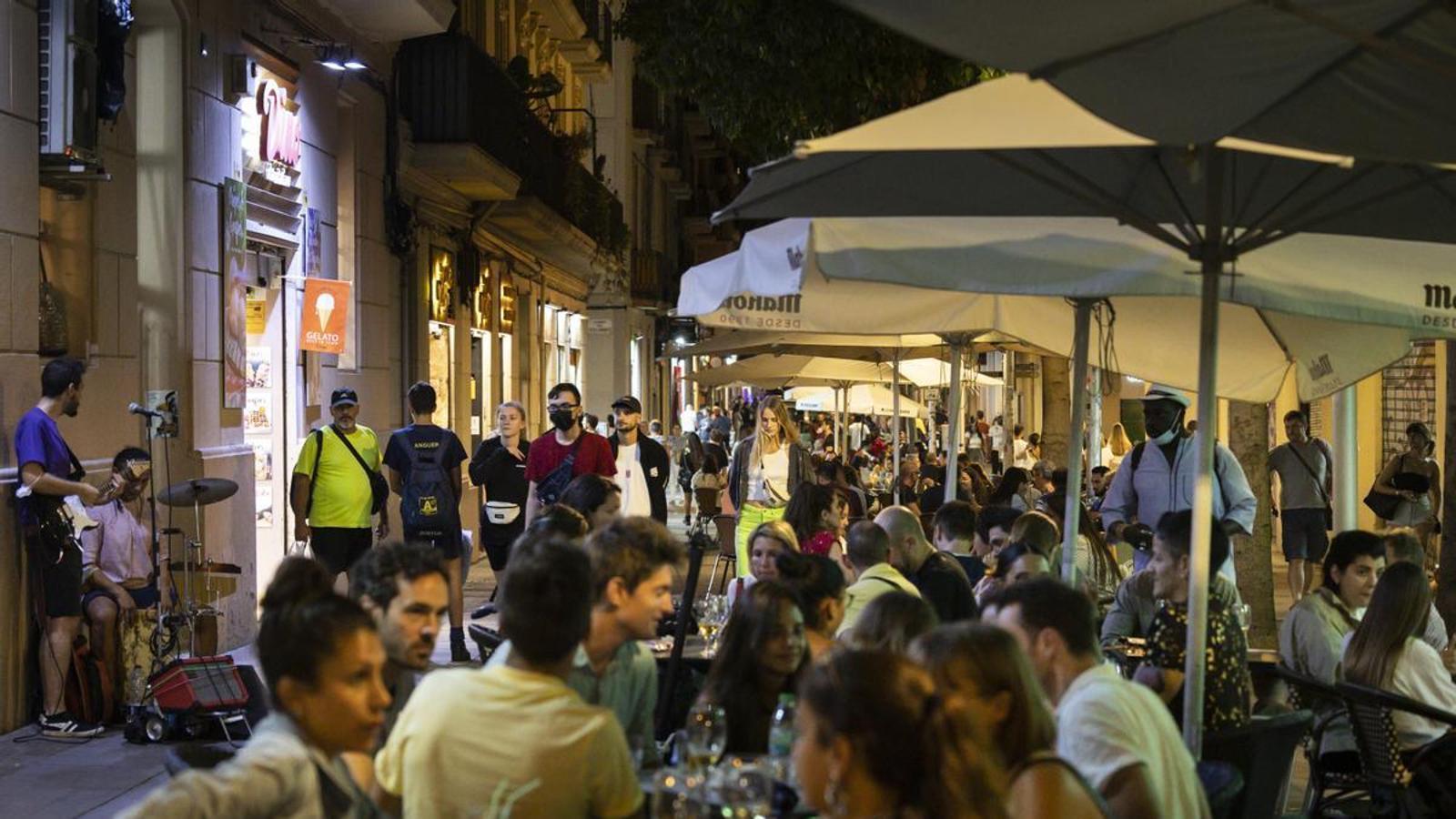Daytime peace, nighttime noise


Barcelona is a noisy city. Too noisy. This is undoubtedly, along with pollution and dirtiness, one of its most obvious weaknesses. It is so because of the density, the still very intense traffic and the lack of green areas and public spaces. The policies to make more areas pedestrian friendly seek to correct this problem, which is particularly marked in central neighbourhoods, especially in the Eixample, but not only. The reduction in traffic is therefore essential. We must continue to move towards minimising the use of private cars, promoting alternative silent transport and improving public transport (which on the surface should be increasingly electric). The Eixample project which is now being rolled out follows these lines.
But, as already happened in other cases, some necessary urban improvements, such as these against noise, have side effects. The term gentrification –expelling neighbours who cannot afford rental prices from their neighbourhood once it has been improved– has already become commonplace in Barcelona. For some time now, another phenomenon has also been taking place: certain streets which have been made pedestrian-friendly have become nightlife hotspots, with a proliferation of bars. The same happens with certain squares when, due to different factors –for example, proximity to nightlife areas–, they become meeting points for young people late at night, when arriving or leaving clubs or music venues. In all these cases noise and illegal parties are guaranteed, and the neighbours suffer the consequences, and their rest is disturbed. Living in certain places that are a priori privileged and peaceful can become a living hell. The summer and the return of tourism only increase the difficulty of this coexistence.
The City Council has already reduced opening hours for bars' outdoor areas in streets such as Blai in Poble-sec, and can raise them in places like Enric Granados and Jardins de la Mediterrània (at the Marina del Port). But the conflict zones are many more. For example, Paral·lel or Parc de les Tres Xemeneies, both also in Poble-sec, or, in Sants, in the surroundings of Poble Espanyol, Plaça d'Osca –where there are also already reduced opening times– and Parc de l'Espanya Industrial. It seems clear that it will be necessary to extend restrictive timetable measures to more places and increase police surveillance where there is a conflict, tightening surveillance. But this will not be enough. Only through the collaboration of bars and nightclubs will it be possible to redirect the situation. This is what the City Council is now starting to try out, and we will soon see its results. Ultimately, the solution is to move towards the relocation of certain venues, moving nightlife to uninhabited areas.
Barcelona has to aspire to be a city with less noise, both daytime structural noise resulting mainly from road traffic, and nighttime noise related to nightlife and tourism. And we must be aware of the danger that reducing the former could lead to an increase in the latter.
